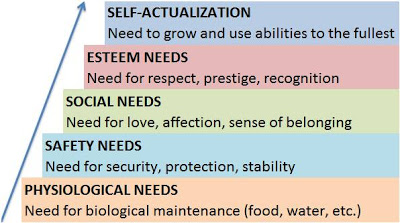Risk is an uncertain event or condition that, if occurs, has an effect on at least one project objective.
Examples
- For example, when you deploy a crane for lifting in a construction project it involves a risk that can lead to the toppling of crane. Here, toppling of crane is an uncertain event that may or may not happen. If it happens, it may lead to injury to workers, loss of lives, damage to properties, damage to the reputation of the company, loss of money in restoration and so on.
- Another example: you decide to cross the road when the red man is on (pedestrians are prohibited). By doing this, you are facing a risk of being hit by an approaching vehicle. As you can see, you also have a chance of crossing the road without any accident. So, the risk does not always happen. That's why it is an uncertain event.
From the above examples, it should be clear what a risk means. How does it affect a project? Risk exists the moment a project is conceived. If you have the idea that risks only appear during execution, please change your mind. You have to start looking for the risks from the commencement of the project.
Please take note that project risk is always in the future. If a project risk has occurred, then it will be called as an ISSUE.
Most of us look at risks as negative and feel that they are always dangerous to the project. It is not true. Risks that have an adverse impact on the project are known as THREATS. And not all risks are negative; some events or conditions can help the project; we call them OPPORTUNITIES.



